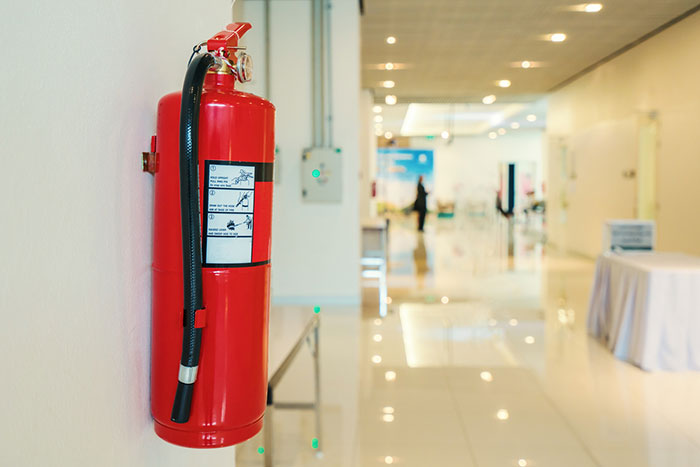Hospitals are sanctuaries of healing, where the tireless efforts of healthcare professionals merge with cutting-edge technology to save lives. Amid the bustling corridors and sterile wards, there exists a silent guardian—fire safety equipment. While the focus within healthcare facilities is predominantly on medical advancements, the importance of robust fire safety measures cannot be overstated. Read on as we explore the critical role of fire safety equipment in ensuring the well-being of patients, staff, and the invaluable assets within these healthcare fortresses.
The Vulnerability of Healthcare Facilities
Hospitals pose distinctive challenges when it comes to fire safety. The presence of intricate medical equipment, flammable substances, and a high concentration of people, including those with limited mobility, demands a comprehensive and tailored approach to fire prevention and response.
24/7 Operation
Unlike many other buildings, hospitals never sleep. The constant operation of healthcare facilities means that fire safety measures must be active and vigilant at all times, ready to respond to emergencies promptly and effectively.
Essential Fire Safety Equipment Healthcare Facilities Require
Smoke Detectors and Fire Alarms – The first line of defence against a potential fire outbreak, smoke detectors and fire alarms are strategically placed throughout hospitals. They serve as the ever-watchful eyes and ears, instantly alerting staff to even the slightest hint of smoke or a rise in temperature.
Sprinkler Systems – The hero that springs into action when the alarms sound, sprinkler systems are vital for containing and extinguishing fires. Their rapid response can prevent a small incident from escalating into a catastrophic event, minimising damage and protecting lives.
Fire Extinguishers – Strategically positioned fire extinguishers act as the foot soldiers of fire safety, ready to tackle localised flames before they can grow. Proper training ensures that hospital staff can confidently use these firefighting tools when necessary.
Protecting the Vulnerable – Patients and Medical Equipment
Evacuation Plans – Hospitals must have intricate evacuation plans tailored to the unique needs of patients. Fire safety equipment plays a crucial role in facilitating orderly and swift evacuations, ensuring the safety of patients, staff, and visitors.
Asset Protection – Beyond the well-being of individuals, fire safety equipment safeguards invaluable medical equipment, pharmaceuticals, and patient records. The loss or damage of such assets could not only jeopardise patient care but also result in substantial financial setbacks for the healthcare institution.
Regulatory Compliance and Continuous Training
Healthcare facilities must adhere to stringent fire safety standards and regulations. Compliance ensures that the infrastructure and equipment are designed and maintained to mitigate fire risks effectively.
Training Protocols – Regular training sessions for hospital staff are paramount. From fire drills to specific protocols for handling medical equipment during emergencies, continuous education ensures that the response to a fire situation is both swift and coordinated.
In the bustling world of healthcare, where every second can make a difference, the importance of fire safety equipment cannot be emphasised enough. Hospitals and healthcare facilities owe it to their patients, staff, and the communities they serve to invest in robust fire safety measures, creating an environment where healing can flourish, and the flame of hope can burn bright, unmarred by the threat of fire.
Safety Dave is Australia’s favourite supplier of high-quality safety products. From reversing cameras and TPMS to first aid kits, fire blankets, fire extinguishers, we have everything you need to keep your home, car, or commercial premises safe. If you are looking for a rear vision systems or an AED/defibrillator for sale, get in touch with us today!


